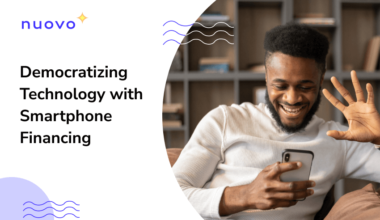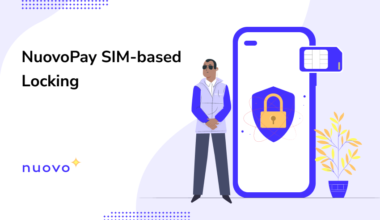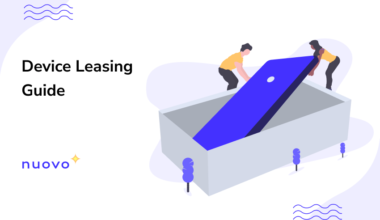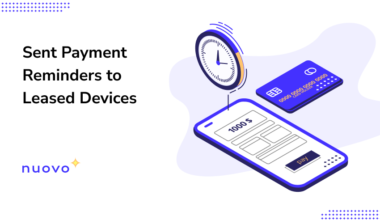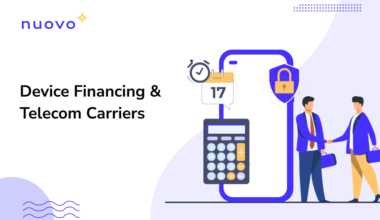Access to the internet is no longer the gold standard for digital inclusion. In 2025, the digital divide has morphed into something more complex, where having access is not the same as being able to use that access meaningfully.
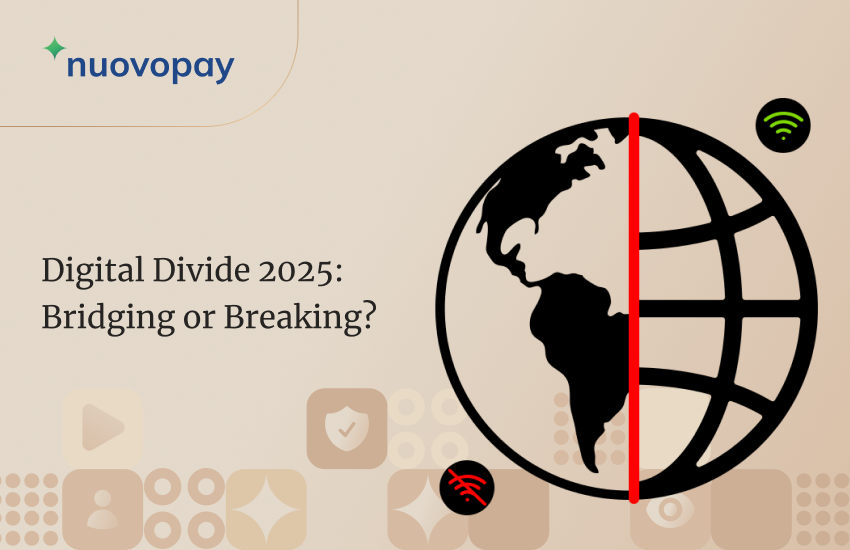
We’ve reached a point where services like healthcare, education, finance, and even government benefits depend on digital participation. Yet billions are still left out or left behind. And it’s not just because of poor connectivity.
The real blockers are affordability, outdated devices, lack of skills, and social inequality.
Measuring the divide beyond connectivity
The term “digital divide” used to refer mainly to internet access. Today, it also includes four key things:
- A working, capable device
- Affordable, consistent internet access
- The digital skills to use that device
- Relevant content or services users can actually benefit from
According to the latest ITU data, around 2.6 billion people remain offline globally.[1] Even among those technically connected, millions don’t have reliable speeds or usable devices. For example, someone may access the internet on a shared 3G phone but be unable to use online banking or attend a virtual class. In this context, just being “connected” means very little.
The gaps widening the divide
1. Smartphones are the primary gateway, but not for everyone
No doubt, smartphones have become the default mode of internet access across the world. In developing countries, they’re often the only digital device a person owns.
But that doesn’t mean equal access. Many users rely on outdated models with poor battery life, minimal storage, or old operating systems that can’t run essential apps. Some don’t own a phone at all—they borrow from family or share with others. And when education, telemedicine, or banking platforms require newer phones or secure logins, a basic device just won’t cut it.
In India[2], for example, while over 85% of households now own a smartphone, that leaves millions—especially in rural or low-income areas—without access to critical services. The same gap exists across Africa, Southeast Asia, and Latin America.
2. Affordability: The silent barrier
Coverage isn’t the same as accessibility. A mobile tower might serve a village, but if a person can’t afford a smartphone or monthly data, they’re still excluded.
For low-income families, spending $100–200 on a phone is a major investment. Many opt for cheaper, outdated devices that limit what they can do online. Even when devices are available, the cost of data plans and maintenance becomes a recurring burden.
According to Pew Research[3], nearly 41% of low-income U.S. households lack a laptop or desktop. In developing regions, the gap is wider. And unlike infrastructure gaps that can be fixed with policy and investment, affordability is a human-scale issue—it must be addressed at the level of the individual.
3. Infrastructure gaps: 5G rollout vs. no signal zones
While 5G is expanding in urban areas, vast parts of the world still struggle with basic connectivity. According to UNICEF and ITU, schools in nearly two-thirds of the world’s countries lack internet.[4] Even in regions like Southeast Asia, where broadband access is improving, rural districts remain years behind.
In Sub-Saharan Africa, over 50% of the population still lacks mobile broadband coverage.
The gap here isn’t just about investment, it’s about priority. And when high-speed infrastructure arrives last in the places that need it most, the divide only deepens.
4. Beyond connectivity: The skills divide
Even when people have devices and internet access, they often don’t know how to use them effectively. This skills gap is now one of the biggest contributors to digital exclusion.
From navigating apps to securing personal data, digital literacy is essential. Yet millions—especially older adults, first-time users, and those in rural areas—lack even basic skills. In low and middle-income countries, GSMA reports that “lack of digital skills” is a more common barrier than “lack of access.”[5]
5. Women & minorities still face higher digital exclusion
The digital divide isn’t neutral. It’s shaped by gender, caste, income, geography, and more. For example, in many parts of South Asia and Africa, women are significantly less likely to own a mobile phone or access the internet.
While the gender gap is starting to shrink in sub-Saharan Africa, for instance, the mobile internet gap dropped from 36% in 2022 to 29% in 2024, the pace of change also depends.[6] It’s taken years of targeted efforts just to narrow the margin slightly.
Affordability, lower literacy, lack of social support, and cultural norms continue to restrict women’s access to technology. Marginalized communities also face added hurdles like low confidence, language barriers, and a lack of digital services designed for their needs.
Can the divide be closed?
Yes—but only if we tackle each root cause head-on. Here’s what that looks like:
Affordable devices through leasing & financing
One of the most practical ways to bridge the divide is to make smartphones and laptops more financially accessible. Device leasing or rent-to-own models offer exactly that, especially when paired with strong backend controls.
Nuovopay helps telecom providers, micro-lenders, and device resellers. So that they can offer smartphones on flexible EMIs. Built-in tools like remote locking, SIM-swap protection, and payment reminders help minimize risk for providers while keeping the device usable for the end user.
By enabling secure and scalable leasing, NuovoPay supports inclusion without putting businesses at financial risk.
Smarter credit models for the unbanked
In many developing economies, traditional credit checks exclude people who’ve never held a bank account. Telecom data, payment history, and behavioral scoring can help unlock financing for millions who’ve been left out of formal credit systems.
Community Internet & shared access
Even if personal connectivity is out of reach, community-level infrastructure can help. Schools, clinics, and digital kiosks can serve as access points for education, healthcare, and government services. These need to be backed by government and NGO efforts and supported with device-sharing models.
Digital literacy as a core utility
We need to treat digital literacy like electricity or clean water: a basic need. Campaigns must go beyond formal training to focus on real-world usage—how to book tickets, use UPI, apply for jobs, and keep data safe.
Public-private partnerships that scale
No one player can solve this alone. Governments must work with fintechs, telcos, content providers, and community leaders to scale up infrastructure, access, and support. Successful models—like the EDISON Alliance, which connected over 700 million people—prove this is possible.
Culturally relevant tech
Access isn’t enough if the content is unfamiliar. Apps and services must be designed in local languages, with intuitive interfaces and context that makes sense to users. Internet Saathi in India is one such success, training women in rural areas to teach others in their own language.
Closing lines… what’s changing in 2025 and beyond
The stakes are higher in 2025. Public services are going AI-first, education is defaulting to online, and digital IDs have become essential for accessing welfare. Device leasing is going mainstream, telcos are evolving into digital enablers, and fintech is expanding credit access. Closing the divide means keeping rhythm with these shifts, while ensuring that affordability, usability, and inclusion aren’t left behind.
DFRM solutions like NuovoPay play a key role in this equation by making devices financially accessible and manageable, especially for underserved users. It’s not a one-step fix, but it’s a meaningful move toward a more connected and equitable digital future.
References:
